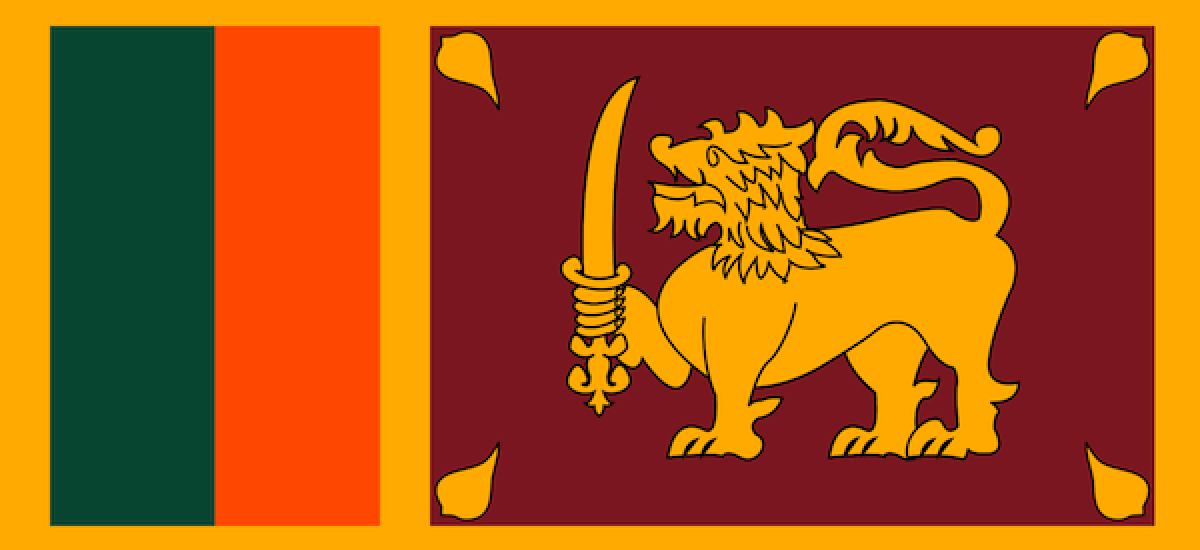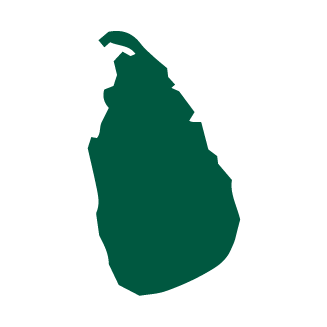From Jaffna train station I’ll travel the 200km to Mihintale Junction which will take 3 hours and cost just 400 Sri Lankan Rupees (£1.50). I don’t expect it to be the most scenic of Sri Lankan train journeys as the stretch, which runs almost parallel with the A9, otherwise known as the ‘Highway of Death’, is flat, remote, and covered in disused rice paddies or arid scrubland.

Mihintale is a mountain pilgrimage site, a bit like Adam’s Peak in the south of the island, but Mihintale is an older place of mountain worship. In the 3rd century BC, the Buddhist monk, Mahinda, the son of Indian emperor Ashoka, converted the Sri Lankan King Devanampiyatissa to Buddhism. Over 1000 feet high, Mihantale is a mountain that was carved to create a temple, monastery and rock caves which were the homes of Sri Lanka’s first ever Buddhist monks.

Whilst a number of religions have made their mark on the island including Hinduism (13%), Christianity (7%) and Islam (8%), the predominant belief system is Buddhism (71%). Buddhism runs deep in Sri Lankan life and was one of the first places to convert to the Indian religion. The Sinhalese remained unswervingly faithful for almost two thousand years since Buddhism was introduced.
However, Buddhism was significantly under threat with the arrival in the 16th century of the Portuguese with their Catholicism, the Dutch in the 17th century with their Reformism, and then the Victorian missionary Christianity. For much of the British colonial period and long before that, Tamils were constantly trying to establish Hinduism in Sri Lanka and the Arabs, Isalm. Whilst the competing colonial powers had some conversion success, their onslaught ironically brought about a revival of Buddhism. This was stimulated by the arrival in the 1870s of the Russian, Helena Blavatsky, and the American, Colonel Henry Olcott, the founders of Theosophy. Their young Sri Lankan assistant, Angarika Dharmaplala, helped establish hundreds of Buddhist schools island-wide to counterbalance the influence of the increasingly dominant British Anglican educational system. Angarika is considered to be one of the founding contributors of non-violent Sinhalese Buddhist nationalism and a leading figure in the Sri Lankan independence movement against British rule.
One interesting aspect of religion in Sri Lanka is that the same site is often sacred to the various religious groups such as Adam’s Peak in the south and Kataragama in the south-east. But, whilst this multicultural and multi-ethnicity is tolerated, the symbolism of Sri Lanka’s lion flag undoubtedly celebrates the unity of the Buddhist belief system with the nation’s power.

Returning to Mihintale, and the spot where the Ambustella dagoba is still situated, is where Mahinda and the King’s meeting took place in 247BC. This is where Buddhism was inaugurated in Sri Lanka.

I look forward to resting the night in Mihintale with the spirits of monks long gone, before travelling towards my final destination of Colombo Airport, via Kurunegala.
Next up – Leg 10 – Mihintale to Colombo Airport via Kurunegala
Previous blog Leg 8 – Around the Jaffna islands


It is not my first tim to go to see ths website, i am visiting this
web pge dailly aand take good information from here all the
time.
Would love to perpetually geet updated outstanding web blog!
Very good info. Lucky me I discovered your blog by accident.
I have book-marked it for later!